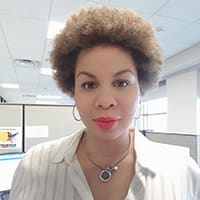For a long time, owning a home has been associated with the American dream. However, this ambition has proven to be a more challenging reality for Black Americans. Black Americans' path to homeownership has been paved with obstacles that have stalled them from this opportunity to accumulate wealth. This prevalent issue persists in the United States, highlighting how urgently access and equity in the housing market need to be examined.
Let’s look at why homeownership remains elusive for Black Americans and explore the tools and resources available to navigate this challenge and create a stronger path to homeownership. Owning a home can build wealth, stability and a sense of accomplishment. It’s also linked to better outcomes for children, communities and overall health, according to the National Association of Realtors®. However, for many people of color, this opportunity seems unattainable.

